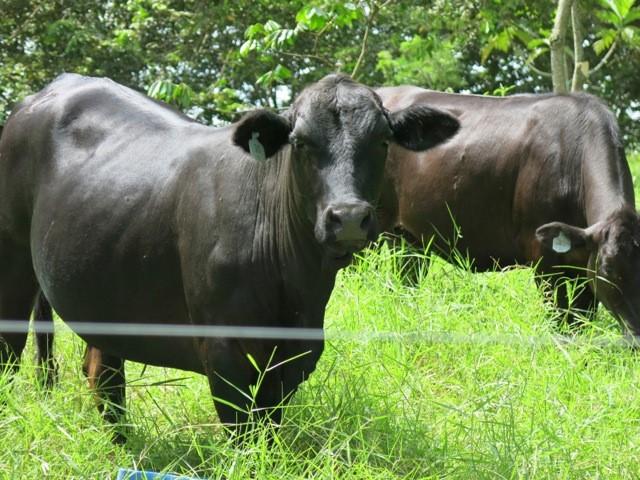
In Colombia, Juan Valdez is a bit player. The real issue is cattle ranching. Cattle occupy 80 percent of agricultural land in Colombia. Their pastures have contributed to soil degradation, deforestation, and, in dry areas, have hastened desertification. Now, fascinating research is being done to validate the link between intensive silvo-pastoral systems and environmental resiliency. If you think pastures and forests can’t coexist, don’t miss my story, “A new climate for grazing livestock,” published in the May issue of Nature Climate Change.
Here’s how the story begins:
"For cattle rancher Carlos Hernando Molina, growing trees in his pastures while raising cows has boosted his income and restored the degraded soil. Over the past 20 years, he has been replacing his 130 hectares of grasslands in southwestern Colombia with special varieties of leguminous trees, shrubs and grasses. The plants provide dense layers of food for grazing, doubling the milk and meat production per hectare while reducing the amount of land needed to raise the cattle.
Molina’s move to agroforestry is part of a global trend to sustainably improve agricultural production on each hectare while reducing the need for chemicals and fertilizers. Agroforestry is a science-based method for cultivating trees alongside food crops or livestock, while farmers make use of the trees’ ecological and economic benefits. Across Colombia, cattle ranchers are making the switch1. Conventional treeless pastures are slowly becoming forested, creating intensive ‘silvo-pastoral’ systems that don’t use chemicals and fertilizers but increase biodiversity and resilience to climate change. It is part of an ambitious programme to boost farmers’ incomes while restoring forests and soil fertility."
For the complete story, go to Nature Climate Change.